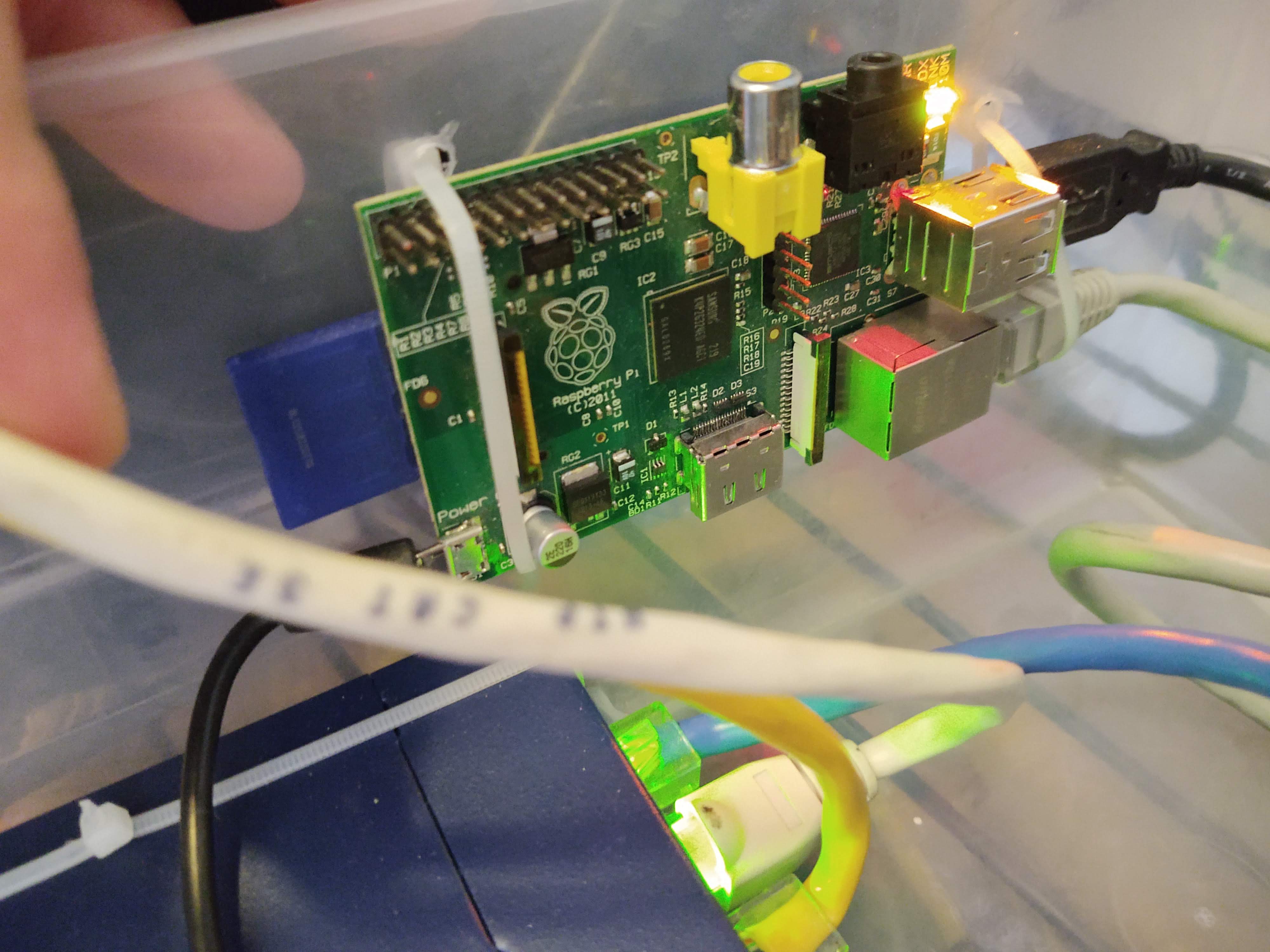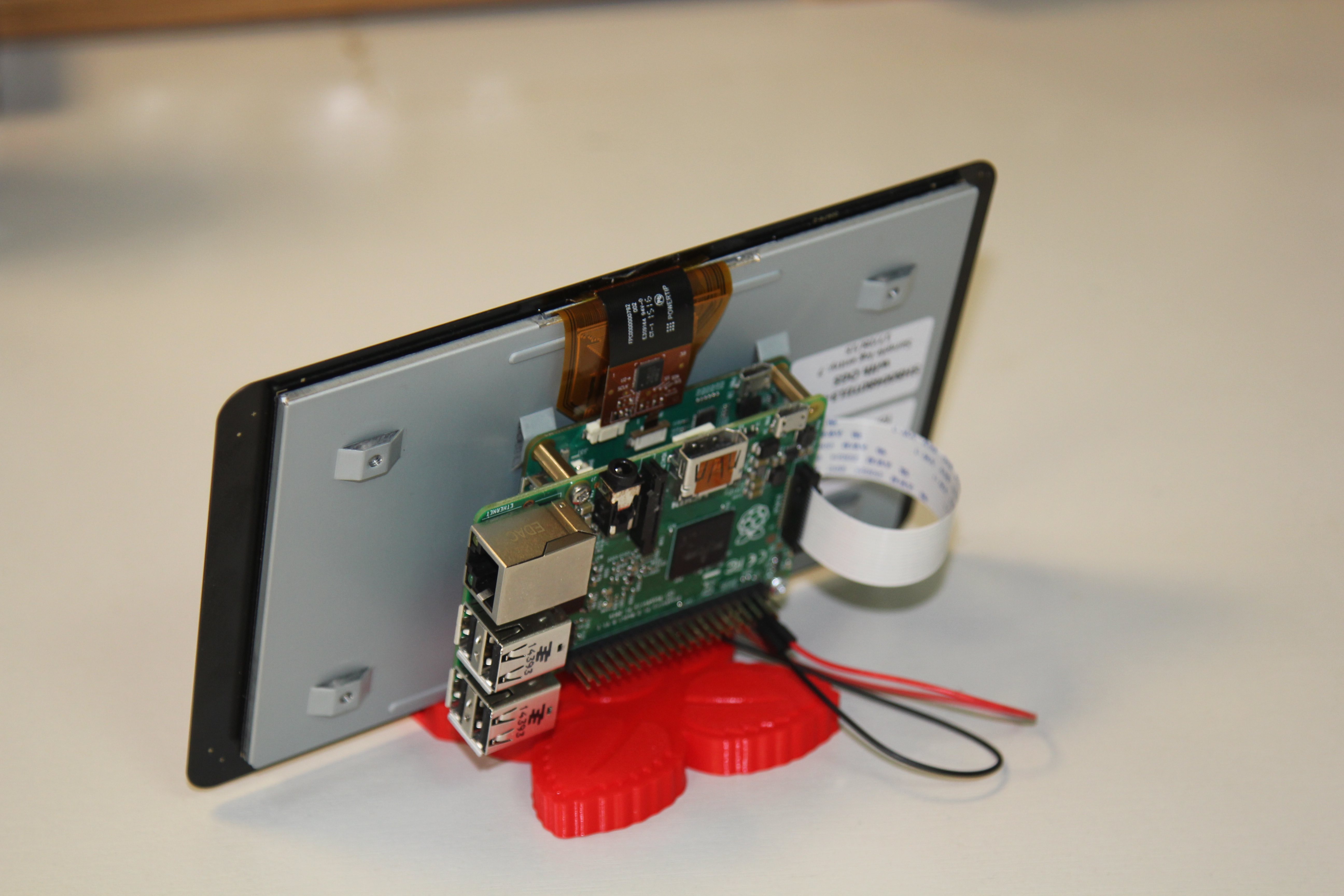How To Use Monitor Raspberry Pi Behind Firewall Without Windows: A Comprehensive Guide
Ever wondered how you can monitor your Raspberry Pi behind a firewall without relying on Windows? Well, you're in the right place, buddy. This guide is going to walk you through the entire process, step by step, with all the tips and tricks you need to make it happen. Whether you're a tech enthusiast or just someone who wants to keep their Raspberry Pi secure and running smoothly, this article has got you covered.
Imagine this: you've set up your Raspberry Pi as a server, and you want to monitor its performance without breaking a sweat. But here's the catch—you don't want to use Windows or deal with the hassle of complex configurations. Sounds like a challenge? Not anymore! We'll show you exactly how to do it, even if you're behind a firewall.
Before we dive into the nitty-gritty, let's get something straight—monitoring your Raspberry Pi is more than just a fun project. It's about ensuring your device stays secure, efficient, and ready to tackle whatever tasks you throw at it. So, let's roll up our sleeves and get started!
- Vegamovie The Ultimate Destination For Movie Enthusiasts
- Alicia Mendez Children A Closer Look At Family Life And Her Journey
Understanding the Basics of Raspberry Pi Monitoring
First things first, why bother with monitoring your Raspberry Pi? Think of it like keeping an eye on your car's engine—regular checks help you catch issues before they turn into major problems. Monitoring your Pi allows you to track things like CPU usage, memory consumption, disk space, and network activity. Plus, it gives you peace of mind knowing that your device is running smoothly.
Why Monitor Behind a Firewall?
Now, here's the kicker—most people use firewalls to protect their devices from unauthorized access. But what happens when you need to monitor your Raspberry Pi from outside your local network? That's where the fun begins! By setting up a secure connection, you can access your Pi's data without compromising its security.
Here's the deal: firewalls are designed to block unwanted traffic, so you need a clever workaround to monitor your Pi without creating vulnerabilities. We'll show you how to do this using tools that are both secure and easy to set up.
- Boost Your Online Presence Unveiling The Power Of Wizzydigitalorg Blog Posts
- Chad Wallin The Rising Star Of Modern Entrepreneurship
Tools You Need to Get Started
Before we jump into the setup process, let's talk about the tools you'll need. Don't worry—you don't have to break the bank for this. Most of these tools are free and open-source, making them accessible to everyone.
- Raspberry Pi: Obviously, you'll need a Raspberry Pi. Any model will do, as long as it's running the latest version of Raspberry Pi OS.
- SSH Client: This allows you to connect to your Pi remotely. You can use tools like PuTTY (for Windows users) or the built-in SSH client on macOS and Linux.
- Monitoring Software: We recommend tools like Grafana, Prometheus, or even simple scripts using Python.
- Firewall Configuration: You'll need to configure your firewall to allow secure connections to your Pi.
Setting Up SSH for Secure Access
SSH (Secure Shell) is your best friend when it comes to accessing your Raspberry Pi remotely. It encrypts all data sent between your device and the Pi, ensuring that your connection remains secure.
To set up SSH on your Raspberry Pi, follow these steps:
- Enable SSH in the Raspberry Pi Configuration tool.
- Generate an SSH key pair on your local machine.
- Copy the public key to your Raspberry Pi using the
ssh-copy-idcommand. - Test the connection by running
ssh pi@your-pi-ip.
Choosing the Right Monitoring Software
Now that you've got SSH set up, it's time to choose the right monitoring software. Here are a few options to consider:
Grafana + Prometheus
Grafana is a powerful visualization tool that works seamlessly with Prometheus, a robust monitoring system. Together, they provide real-time insights into your Raspberry Pi's performance metrics.
Here's how to install them:
- Install Prometheus on your Raspberry Pi by running
sudo apt install prometheus. - Install Grafana using
sudo apt install grafana. - Configure Grafana to connect to Prometheus and create custom dashboards.
Python Scripts for Lightweight Monitoring
If you prefer a simpler solution, you can write Python scripts to monitor your Pi's resources. These scripts can be scheduled to run at regular intervals using cron jobs.
Here's an example script to monitor CPU usage:
import psutil cpu_usage = psutil.cpu_percent(interval=1) print(f"CPU Usage: {cpu_usage}%")
Configuring Your Firewall for Secure Access
Firewalls are essential for protecting your network, but they can also make remote access a bit tricky. To allow secure connections to your Raspberry Pi, you'll need to configure your firewall to permit SSH traffic.
Port Forwarding Made Easy
Port forwarding is the process of directing incoming traffic to a specific device on your network. Here's how to set it up:
- Log in to your router's admin interface.
- Find the port forwarding section and create a new rule.
- Set the external port to 22 (the default SSH port) and the internal IP address to your Raspberry Pi's address.
Troubleshooting Common Issues
Even the best-laid plans can hit a snag, so here are some common issues you might encounter and how to fix them:
- Connection Refused: Make sure SSH is enabled and the firewall is configured correctly.
- Slow Performance: Check your network bandwidth and optimize your monitoring scripts.
- Authentication Errors: Verify that your SSH keys are correctly installed and try regenerating them if necessary.
Security Best Practices
Security should always be at the forefront of your mind when setting up remote access. Here are a few tips to keep your Raspberry Pi safe:
- Use strong, unique passwords for your SSH keys.
- Disable password-based authentication and rely solely on key-based authentication.
- Regularly update your Raspberry Pi's software to patch any vulnerabilities.
Advanced Techniques for Monitoring
Once you've mastered the basics, you can take your monitoring game to the next level with advanced techniques. Here are a few ideas to get you started:
Setting Up Alerts
Alerts can notify you when certain thresholds are reached, such as high CPU usage or low disk space. Most monitoring tools, including Grafana and Prometheus, support alerting out of the box.
Remote Logging
Instead of storing logs locally on your Raspberry Pi, consider sending them to a remote server. This not only frees up space on your Pi but also provides a centralized location for analyzing logs.
Conclusion and Next Steps
Monitoring your Raspberry Pi behind a firewall without Windows is easier than you might think. By following the steps outlined in this guide, you can set up a secure and efficient monitoring system that keeps your Pi running smoothly.
Here's a quick recap of what we've covered:
- Why monitoring your Raspberry Pi is important.
- The tools you need to get started, including SSH and monitoring software.
- How to configure your firewall for secure access.
- Advanced techniques to take your monitoring to the next level.
Now it's your turn to put this knowledge into action! If you found this guide helpful, don't forget to share it with your friends and leave a comment below. And if you're looking for more tips and tricks, be sure to check out our other articles on all things Raspberry Pi.
Table of Contents
- Understanding the Basics of Raspberry Pi Monitoring
- Tools You Need to Get Started
- Setting Up SSH for Secure Access
- Choosing the Right Monitoring Software
- Configuring Your Firewall for Secure Access
- Troubleshooting Common Issues
- Advanced Techniques for Monitoring
- Conclusion and Next Steps



Detail Author:
- Name : Prof. Kennedy Wilderman
- Username : jordon.kuphal
- Email : jeffry86@sauer.com
- Birthdate : 1978-08-18
- Address : 9472 Kirlin Well East Alessandro, DC 42547-2217
- Phone : 862.641.4915
- Company : Volkman-Treutel
- Job : Airfield Operations Specialist
- Bio : Sed sit laboriosam corporis fugit qui sapiente molestias qui. Debitis aperiam dolorem laboriosam vel doloremque magnam architecto. Blanditiis dignissimos exercitationem est non.
Socials
linkedin:
- url : https://linkedin.com/in/carmel_wiza
- username : carmel_wiza
- bio : Voluptas et autem saepe exercitationem quia.
- followers : 2588
- following : 1595
instagram:
- url : https://instagram.com/wiza1971
- username : wiza1971
- bio : Et est aut enim totam optio ut officiis. Voluptatem culpa et accusamus magnam voluptatum libero.
- followers : 6872
- following : 456